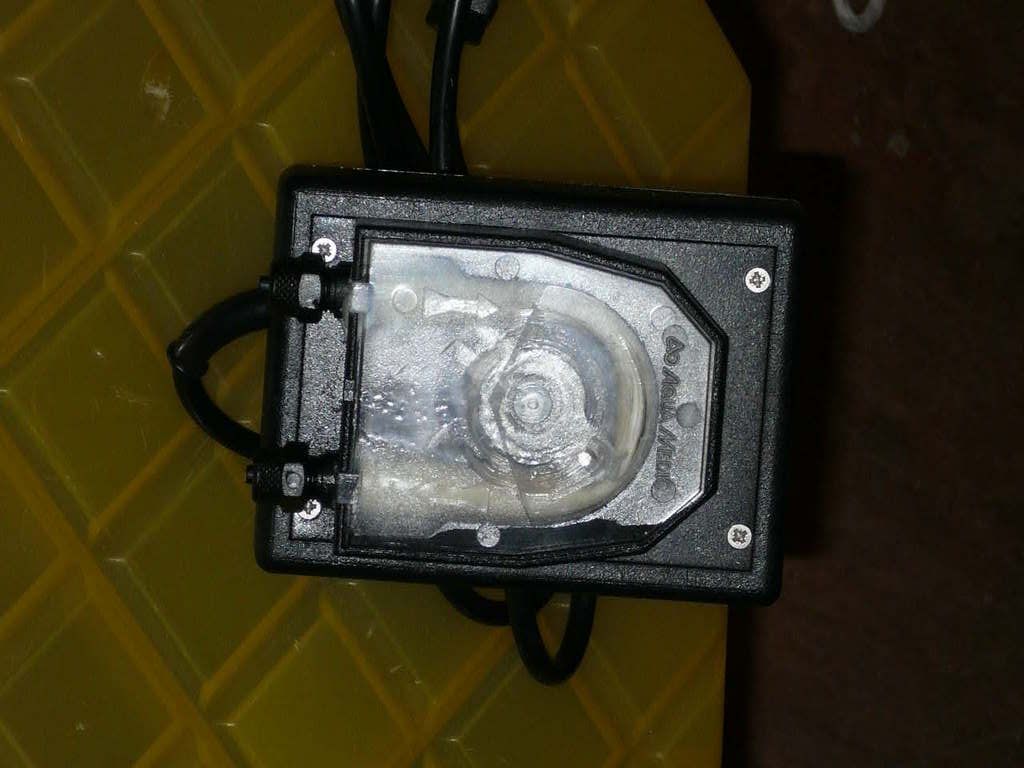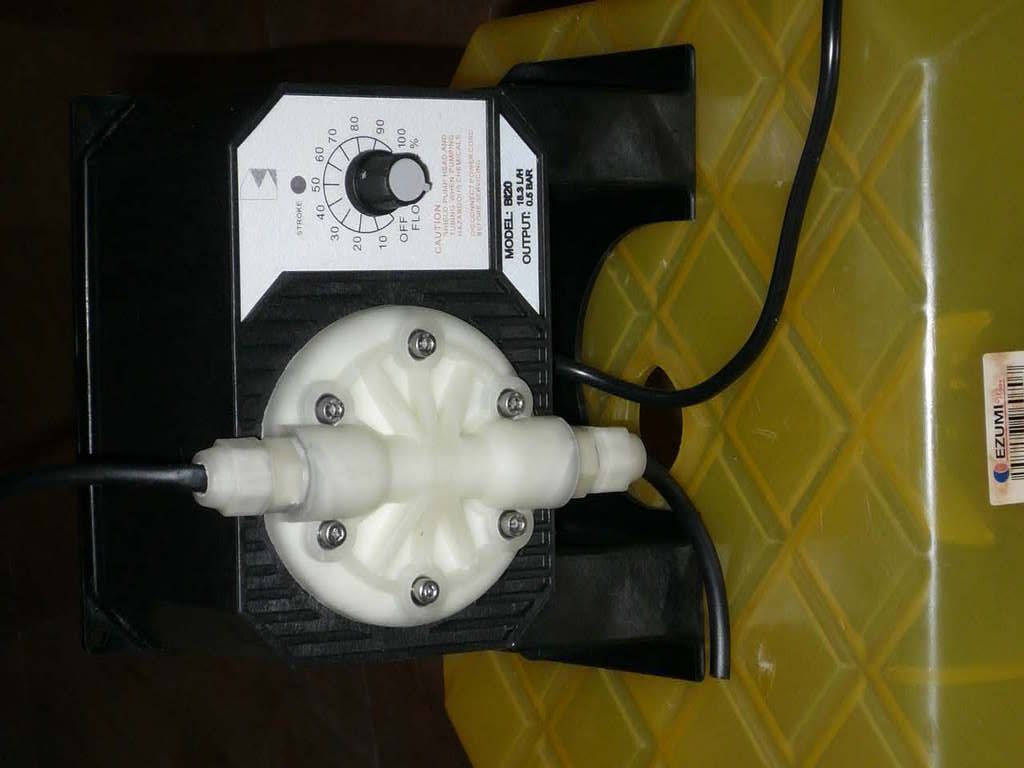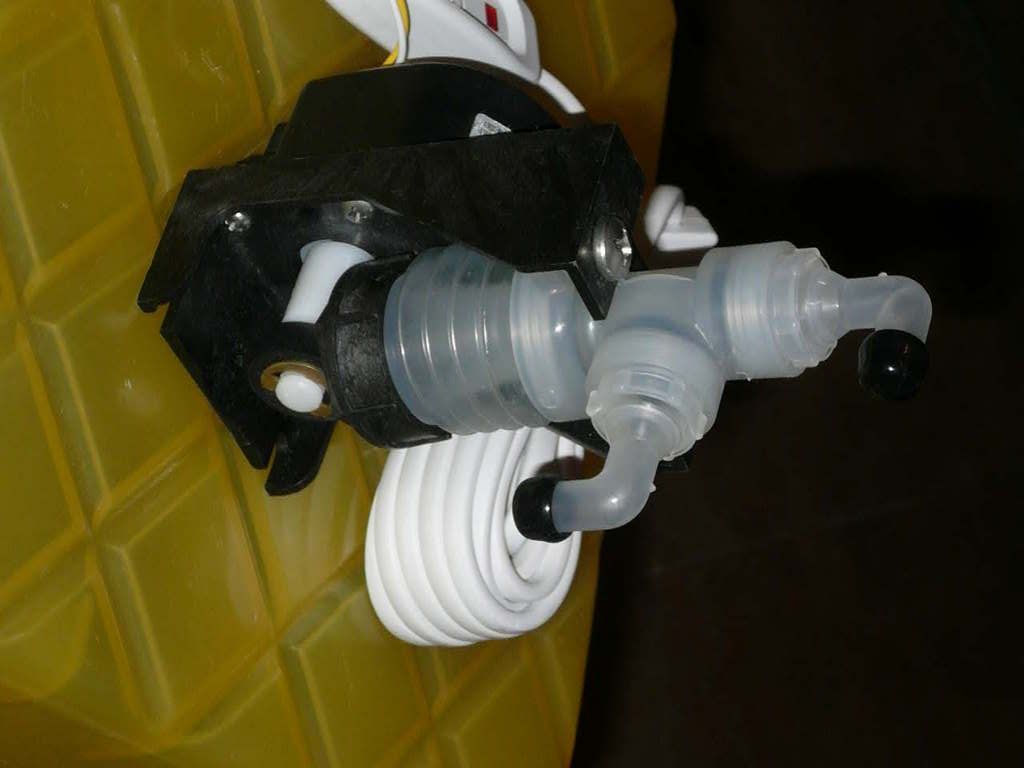
 |
|
|
|
#141 |
|
Dragon
     Join Date: Apr 2007
Posts: 954
|
Very chim liao, but still following the thread...

|
|
|

|
|
|
#142 | |
|
Endangered Dragon
 Join Date: Sep 2000
Posts: 9,833
|
Quote:

|
|
|
|

|
|
|
#143 | |
|
Guest
Posts: n/a
|
Quote:
This is an eye-opener as I would like to bring along 2 x 1.5L bottle of my Schuran Nitrate output at -400mV to have a realtime "zap" by your protein skimmer cum ozone setup? Btw, which brand of protein skimmer and ozone equipment are you using for your freshwater setup? |
|

|
|
|
#144 | |
|
Guest
Posts: n/a
|
Quote:
|
|

|
|
|
#145 | ||
|
Guest
Posts: n/a
|
Quote:
Quote:
Is it a correct assumption that the ORP controls the flow rate, therefore, one can set it such that if the ORP hits -300mV, the valve would close so that none of the poisonous gases reach the tank? Why then do we need to set to -500mV? Ken, earlier, Atom mentioned that anaerobic bac grows best in biomedia such as bioballs and sponge, whereas you mentioned Biohome can be used.....are you guys talking about two different systems?  This thread is really an eye opener, there is so much information and experience crammed into these few pages. Guys, thanks for walking us through this! 
|
||

|
|
|
#146 | ||
|
Guest
Posts: n/a
|
Quote:
I thought the Denitrator Atom is using utilises Denniballs - these would take the place of having to feed the bac daily? Sulphur denitrators may not be appropriate for aro rearing (is this a correct statement?) Quote:

|
||

|
|
|
#147 | ||
|
Endangered Dragon
 Join Date: Sep 2000
Posts: 9,833
|
Quote:
Quote:
i certainly dun want the unit to fall. maybe can improve it by adding wheels 
|
||
|
|

|
|
|
#148 | |
|
Guest
Posts: n/a
|
Quote:
As mentioned in ealier post, the reason being siporax n biohome provide the anaerobic bacteria alot of open-pored tunnel structures within the media itself. This allows an ideal supply of the anaerobic bacteria with nutrients and a smallest amount of fresh water which are oxygen-poor conditions within the tunnels. This makes the bacteria crack or consume nitrate to get enough oxygen. Consequently, they continuously break down nitrate, and the aquarium water remains low in nitrate. 
|
|

|
|
|
#149 | |
|
Guest
Posts: n/a
|
Quote:
|
|

|
|
|
#150 |
|
Guest
Posts: n/a
|
There are various method to pump the water into the denitrator.
1. Using T-Off from the return pump. pros: - no running cost - Cheap cons: - insufficient pressure. Might not work properly if denitrator is slightly choke or high headmax is required. - difficult to control consistent flowrate even with a valve attached 2. using gravity/siphoning. pros: - no running cost - almost no cost - no noise cons: - cannot work unless the input is higher than output - low pressure .....denitrator choke, cannot work - hard to control constant flowrate. - require valve to adjust the required flowrate 3. Using a small dedicated powerhead pros: - relatively cheap cons: - can be noisy depending on the powerhead used - difficult to control exact flowrate - pressure might not be sufficient  4. Using peristaltic pump pros: - accurate flowrate - design specially for very low l/hr - Flowrate can be adjustable ....for certain models only cons: - expensive - normally not meant for continuous 24/7 running ....easy to breakdown. - very low flowrate if higher volume is required. - there is a lifespan for the tube which can be expensive. - if denitrator choke, it might not work.  5. Using solenoid-driven pump pros: - high pressure. Can work even when denitrator is choked. - accurate flowrate - higher flowrate than peristaltic pump - flowrate is adjustable ....for some models cons: - due to high pressure delivery, the denitrator migh leak - can be very nosiy - expensive - flowrate cannot be restricted by using valve. - quite big in size - flowrate delivery very fast  6. Using bellow pump pros: - smooth delivery - very quiet - compact in size - high pressure cons: - expensive - hard to find flowrate lower than 10 l/hr. The smallest is about 12.5 l/hr. 
Last edited by atom; 21-10-2007 at 02:04 AM. |

|
 |
|
| Currently Active Users Viewing This Thread: 1 (0 members and 1 guests) | |
|
|